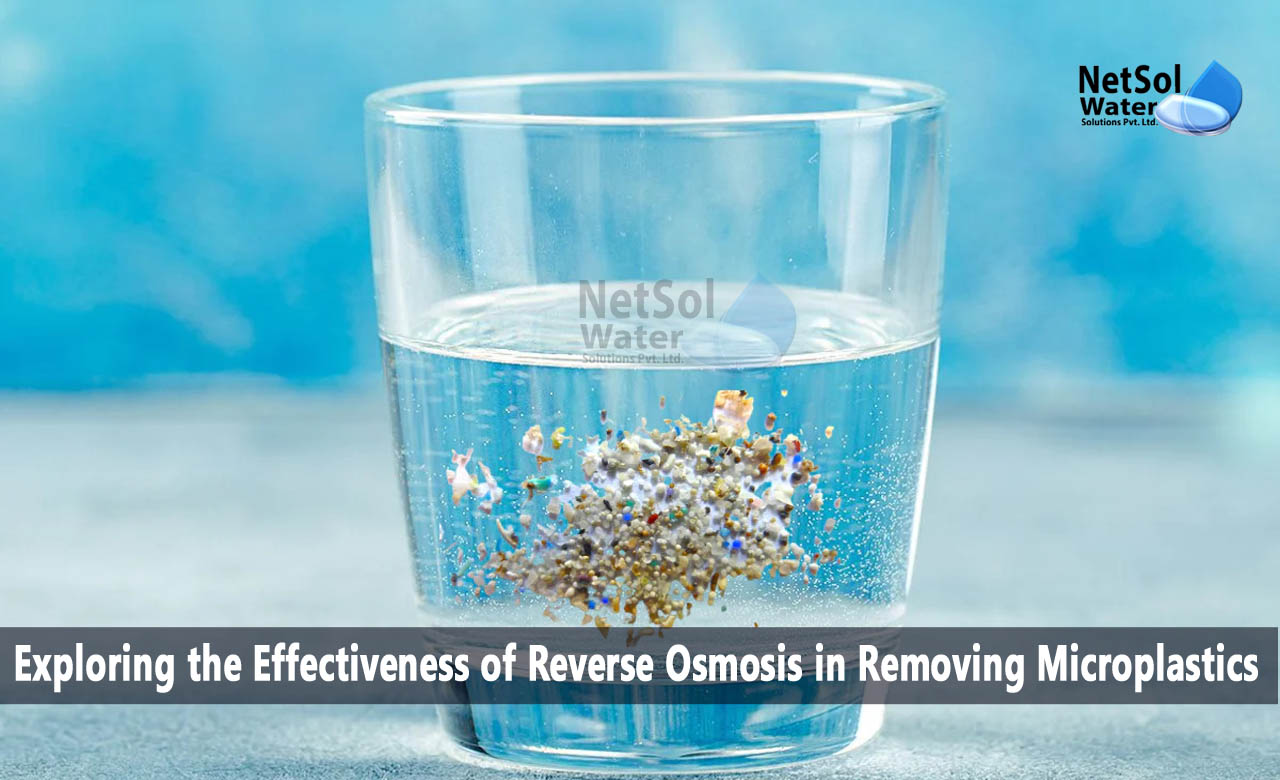What are microplastics?
Microplastics in water bodies refer to small plastic particles, typically less than 5 millimeters in size, that are present in natural water environments such as oceans, rivers, and lakes. These microplastics can originate from sources like plastic waste, industrial discharges, and the breakdown of larger plastic items. They pose a significant environmental concern as they can be ingested by aquatic organisms, potentially harming their health and disrupting ecosystems. Microplastics can also accumulate in the food chain, potentially impacting human health. Addressing the presence of microplastics in water bodies requires efforts to reduce plastic waste and improve waste management practices.
What Effects Do Microplastics Have on the Body?
The physical harm that microplastics can do to the digestive system is one cause for concern. In the digestive tract, microplastics can build up and can cause tissue damage, irritation, and inflammation. They might also prevent nutrients and food from passing through, which would impair feeding effectiveness and perhaps result in malnutrition. Microplastics can also carry and release chemical additives and pollutants. Plastics are known to absorb and concentrate various toxic substances from the surrounding environment, including persistent organic pollutants (POPs) and heavy metals. When ingested, these chemicals may be released into the body, potentially causing toxic effects. Some of these pollutants are known to be carcinogenic, endocrine-disrupting, or neurotoxic, raising concerns about long-term health impacts.
Furthermore, microplastics can interact with the immune system. Studies have suggested that the presence of microplastics in the body can trigger immune responses, leading to inflammation and the release of inflammatory cytokines. Prolonged or excessive immune activation can have detrimental effects on overall health and may contribute to the development of chronic diseases.
There is also evidence suggesting that microplastics can impact the gut microbiome, the complex community of microorganisms residing in the digestive system. Microplastics may alter the composition and diversity of the gut microbiota, which can have implications for digestion, nutrient absorption, and overall health. Disruptions to the gut microbiome have been linked to various health conditions, including metabolic disorders, immune system dysregulation, and mental health issues.
While the direct effects of microplastics on human health are still being investigated, it is clear that minimizing exposure to microplastics is important for overall well-being. Reducing plastic consumption, properly disposing of plastic waste, and supporting sustainable practices are crucial steps to mitigate the release of microplastics into the environment. Additionally, improvements in water and food safety regulations and the development of effective filtration and purification technologies can help minimize the presence of microplastics in drinking water and food sources.
Effectiveness of Reverse Osmosis in Removing Microplastics:
1. Size Exclusion:
· Reverse osmosis employs a semi-permeable membrane with extremely small pores, typically around 0.0001 micrometers.
· Microplastics, which range in size from a few micrometers to a few millimeters, can be effectively blocked and removed by the RO membrane due to their larger size relative to the membrane pores.
2. High Removal Efficiency:
· Reverse osmosis systems are capable of achieving high removal rates for microplastics, often exceeding 99%.
· The comprehensive filtration mechanism of reverse osmosis allows it to trap and remove microplastics along with other contaminants, such as dissolved solids, heavy metals, bacteria, and viruses.
3. Versatility:
· Reverse osmosis is suitable for various water sources, including tap water, well water, and surface water.
· It can effectively remove microplastics originating from different sources, including primary microplastics (such as microbeads) and secondary microplastics (resulting from the fragmentation of larger plastic items).
4. Enhanced Filtration Efficiency:
· The effectiveness of reverse osmosis in removing microplastics can be enhanced by using high-quality membranes with smaller pore sizes.
· Optimal operating pressure and water flow rate contribute to improved filtration efficiency and increased removal rates for microplastics.
5. Additional Benefits:
· Reverse osmosis not only removes microplastics but also eliminates a wide range of contaminants, including chemicals, salts, and pathogens.
· It helps improve the taste, odor, and overall quality of water, providing cleaner and safer drinking water.
Conclusion:
Reverse osmosis has proven to be a highly effective method for removing microplastics from water sources. Through its size exclusion mechanism and high removal efficiency, reverse osmosis membranes can effectively trap and remove microplastic particles. This technology offers versatile filtration capabilities, enhancing the quality of water by eliminating various contaminants. However, it is crucial to adopt a comprehensive approach that includes source reduction and other treatment methods to combat microplastic pollution effectively. By combining efforts at different stages, we can make significant progress in safeguarding water resources and protecting ecosystems from the detrimental effects of microplastics.
Netsol Water is Greater Noida-based leading water & wastewater treatment plant manufacturer. We are industry's most demanding company based on client review and work quality. We are known as best commercial RO plant manufacturers, industrial RO plant manufacturer, sewage treatment plant manufacturer, Water Softener Plant Manufacturers and effluent treatment plant manufacturers. Apart from this 24x7 customer support is our USP. Call on +91-9650608473, or write us at enquiry@netsolwater.com for any support, inquiry or product-purchase related query.



